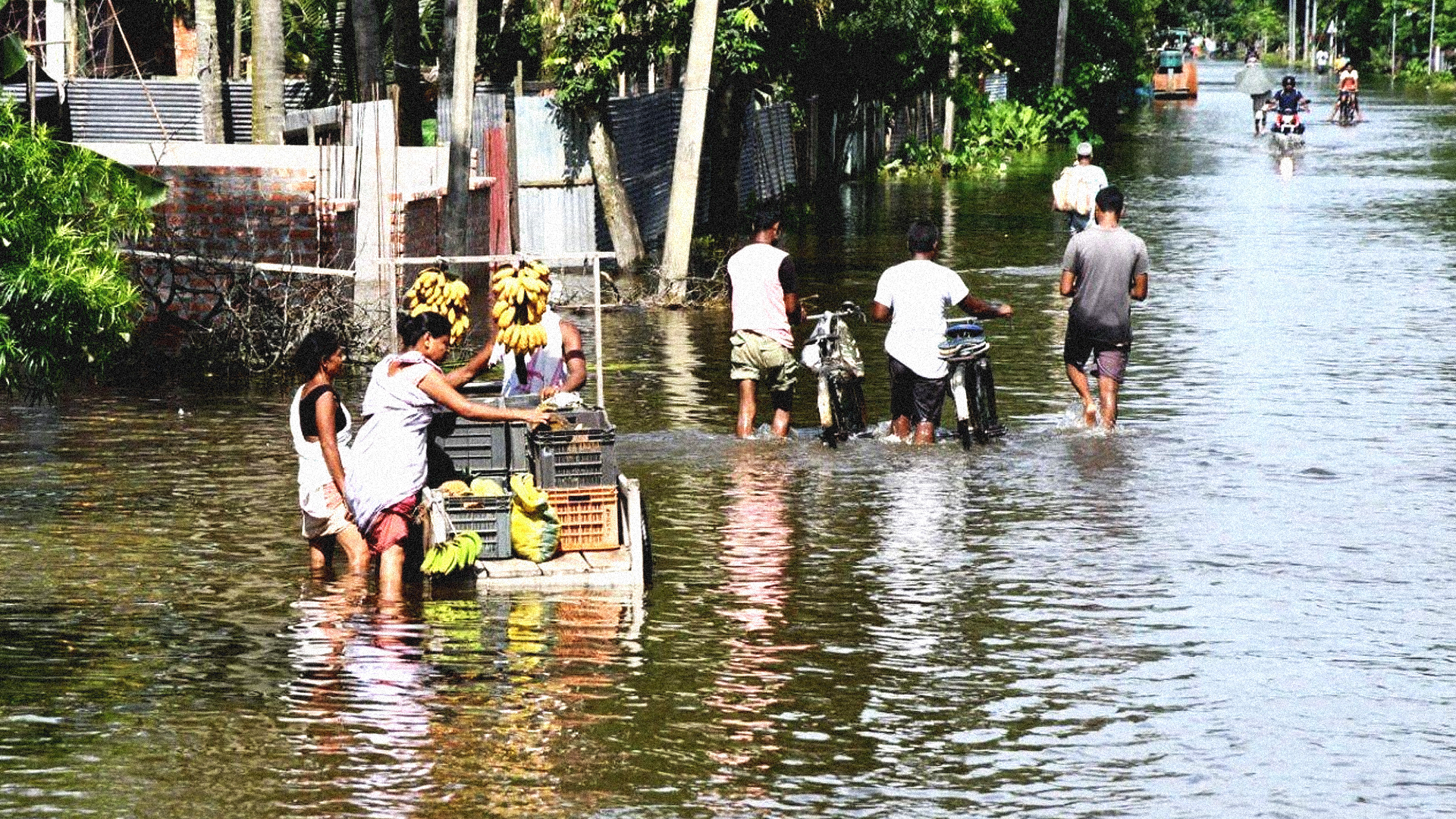Every year, the state of Assam in India witnesses floods. But this year, things are much worse as more than 120 people have died. So, what is causing these floods and what is being done to save the people of Assam?
It probably wouldn’t come as a surprise to you but climate change is causing water bodies across the world to overflow.
So if you’re interested in climate action, here’s a phenomenon you should know about.
During this time of the year, the sun is directly perpendicular to the tropic of cancer, and the Indian subcontinent gets heated up.
Now since air is a gas, it responds to changes in temperature; the air above water bodies has a high-pressure area or simply weighs more since water is cooler than land, and has a tendency to travel to low-pressure areas.
Therefore, the wind blows from the water bodies, picking up moisture, and expels it on land in the form of rain.
At present, due to climate change, the difference between high pressure and low pressure areas is increasing, causing the rain to get heavier every year.
Assam lies in the north east region of India and happens to be lower in height as compared to neighbouring regions, which means that the water flows downstream here- with higher velocity.
Due to monsoon season, the Brahmaputra river which flows through Assam, is facing increased water levels.
In other words, the Brahmaputra river is expanding.




















